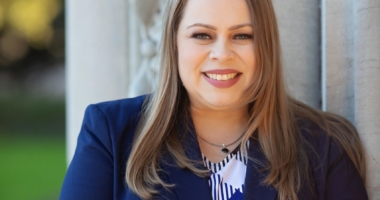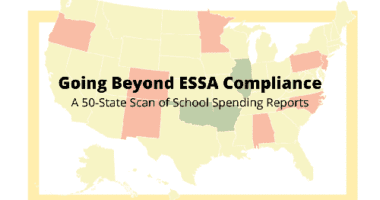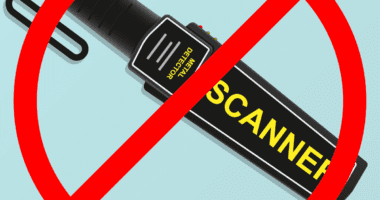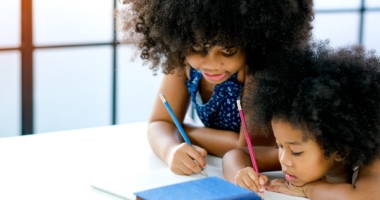Honoring Native American Language and Culture to Raise Achievement
Samantha Wauls was an intern at Ed Trust through December 2015. She previously taught high school English and third grade on her maternal grandmother’s tribal homeland, the Lower Brule Sioux Reservation.
Though only in middle school, my brother Charlie has already had school experiences where his racial and cultural identity were represented as “a problem.”
When Charlie was in kindergarten, his teacher requested that his parents cut his long hair — a symbol of his Lakota heritage — because it was “a distraction” in the classroom. When he was in the third grade, his class read a book that described Native people as “savage” and “wild.” These debased depictions fell in stark contrast to the multi-faceted indigenous people and cultures Charlie had always witnessed at pow-wows and ceremonies.
Sadly, Charlie’s experiences are not isolated.
Native American and Alaska Native children across the nation continue to face many challenges in schools that neither honor — nor frankly seem to even understand — their rich cultures and heritage. Tribal leaders, parents, educators, and students are frustrated with these kinds of occurrences and are campaigning for the inclusion of language and culture in school environments for Native students.
In a recent report by the White House Initiative on American Indian and Alaska Native Education, tribal communities identified a number of school environment issues that harm and isolate Native learners, from the use of all-too-common, cartoonish Native mascots and symbols to the lack of cultural awareness among staff and teachers.
Unmistakably clear in the White House report is the importance of curricula that accurately represent indigenous cultures, as well as Native language programs in schools — two pieces the report says are important for engaging and raising achievement among Native American and Alaska Native learners.
Research, too, links culture and language with improved academic outcomes, which is particularly critical given stagnated achievement among Native students on the National Assessment of Educational Progress. For example, research shows that classroom techniques that leverage the diverse backgrounds of students promote high achievement among students of color. What’s more, a recent study on a Navajo-language immersion school revealed that Native language instruction increases overall academic performance among Native American students.
The White House report includes a few actionable recommendations, several aimed at district and state leaders, including:
- Create curricula and promote instruction that represent the complex history and culture of Native tribes and include opportunities for tribal members to engage with students. One specific example from the report highlights a partnership between an Alaska Native Heritage Center and its local high schools to provide cultural dance and art classes to Alaska Native youth, which contributes to student engagement in school communities.
- Generate state- and district-led platforms that promote Native language programs in schools. Fortunately, the recently signed Every Student Succeeds Act authorizes more funding for language immersion programs like these. But monitoring how these policies break down barriers, like the lack of understanding of Native culture from teachers and staff, will require more attention.
Progress has been made to better serve Native students, but there is still a long road ahead in terms of honoring language and culture in the classroom. Our public school system is long overdue for a cultural overhaul where the unique language, culture, and identity of students like Charlie are respected and valued as an effective tool for closing the achievement gap.










